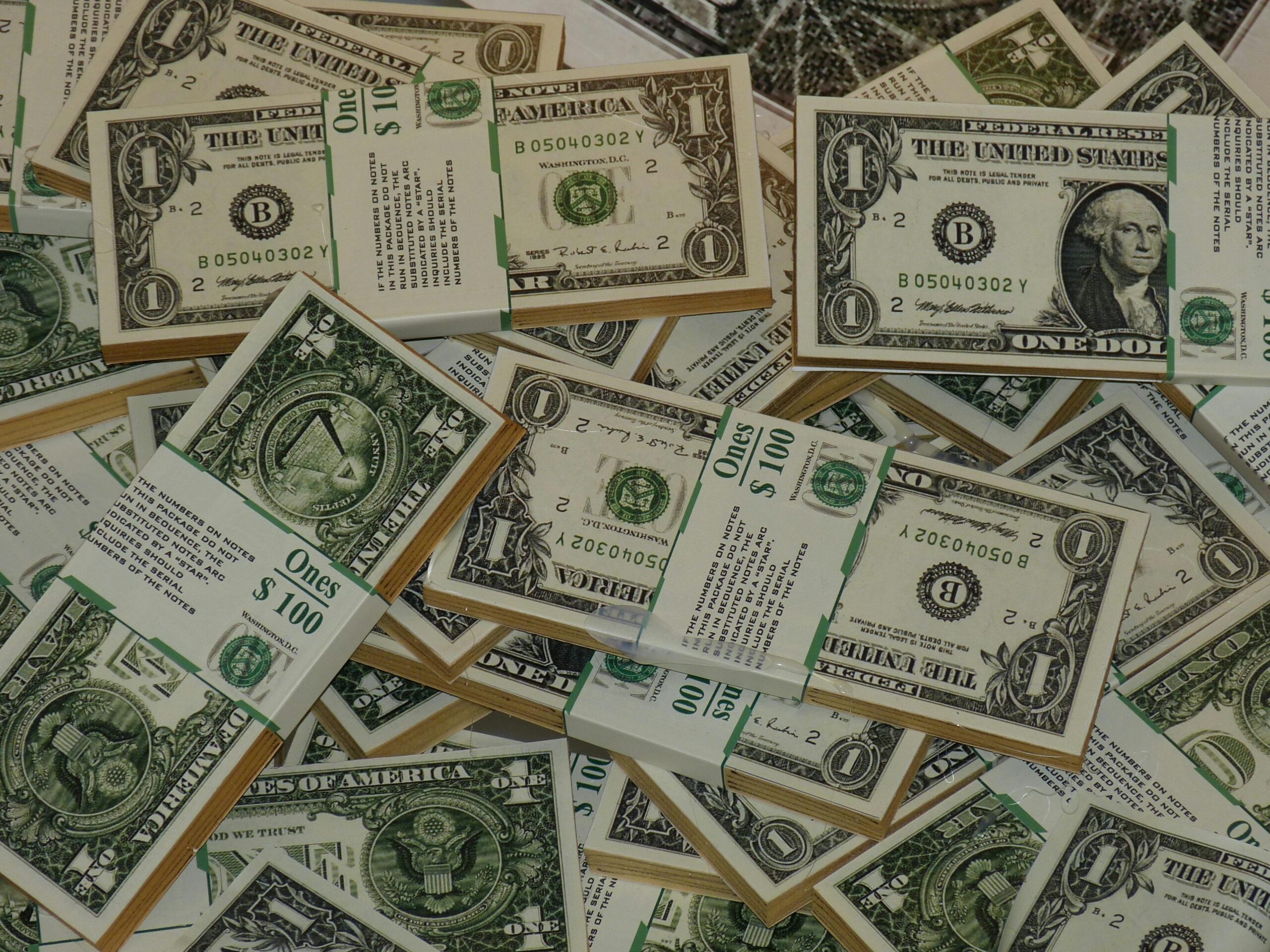Inflation Trends Add Pressure on Economic Policy
The recent uptick in inflation has fueled expectations that the Federal Reserve will hold interest rates steady at its upcoming meeting later this month. However, the rise in prices could pose challenges for President-elect Donald Trump as he prepares to assume office on Monday, with several of his proposed policies potentially influencing inflation trends.
Trump’s economic plans, including tariffs and stricter immigration policies, have sparked concerns among economists who warn these measures could push prices higher. On the other hand, Trump and his supporters argue that efforts to deregulate industries and expand energy production will help keep inflation under control.
Monthly Inflation Sees a Slight Increase
December saw inflation rise by 0.4% on a monthly basis, up from 0.3% in November. One of the main contributors to this increase was the energy index, which jumped by 2.6%, accounting for over 40% of the overall rise, according to the Labor Department.
Core Inflation Shows Signs of Cooling
In more positive news, core inflation—which excludes volatile food and energy prices—eased slightly.
- Annual core inflation came in at 3.2%, a modest decline from the previous month.
- On a monthly basis, core inflation increased by 0.2%, slightly below economists’ expectations.
This cooling trend in core inflation provided some relief for the Federal Reserve, signaling a potential slowdown in underlying price pressures.
Impact on Bonds and Consumer Rates
As investors responded to signs of slowing core inflation, U.S. bond markets rallied.
- Yields on U.S. Treasuries, including the popular 10-year note, dropped as bond prices rose.
- Lower Treasury yields benefit consumers as they are used as a benchmark for setting rates on mortgages and car loans.
This development is welcome news for households, especially as borrowing costs remain a significant factor in the broader economic outlook.
Federal Reserve Likely to Hold Rates Steady
The latest inflation data bolsters expectations that the Federal Reserve will maintain its current interest rate range of 4.25% to 4.50% at its next meeting on January 28-29. Futures traders are placing a 97% probability on the Fed pausing rate changes, according to market data.
While headline inflation has ticked up, it remains within manageable levels for the Fed. However, the central bank’s preferred inflation measure—the personal consumption expenditures (PCE) price index—has also been rising, signaling that inflationary pressures still need monitoring.
Challenges for Trump’s Economic Plans
The inflationary environment adds complexity to President-elect Trump’s economic agenda.
- Policies like tariffs on imports and tighter immigration controls could lead to higher prices across industries.
- Conversely, Trump’s plans to deregulate sectors and expand domestic energy production aim to lower costs, potentially offsetting inflationary pressures.
Balancing these opposing forces will be critical as the new administration takes charge.



